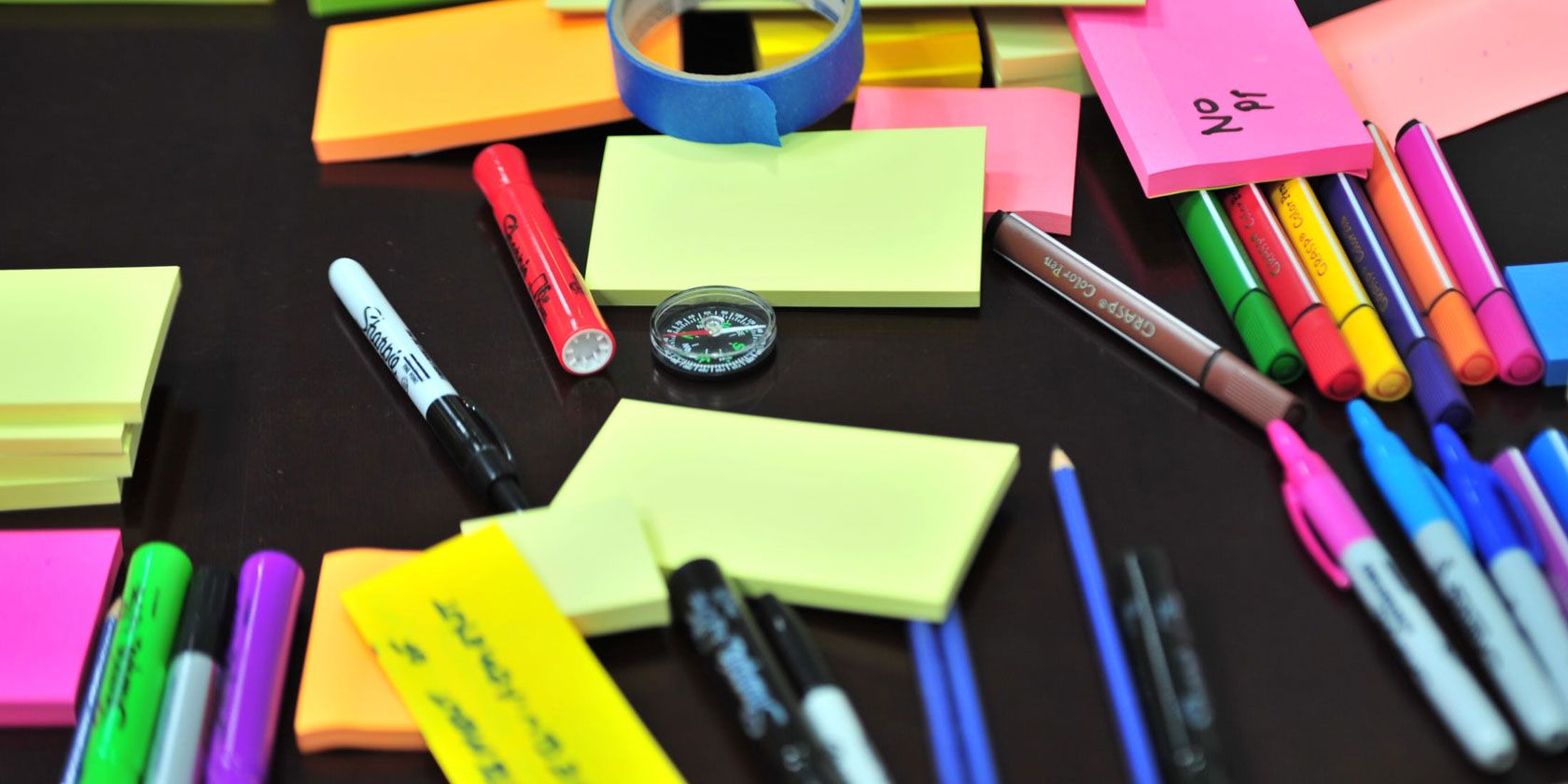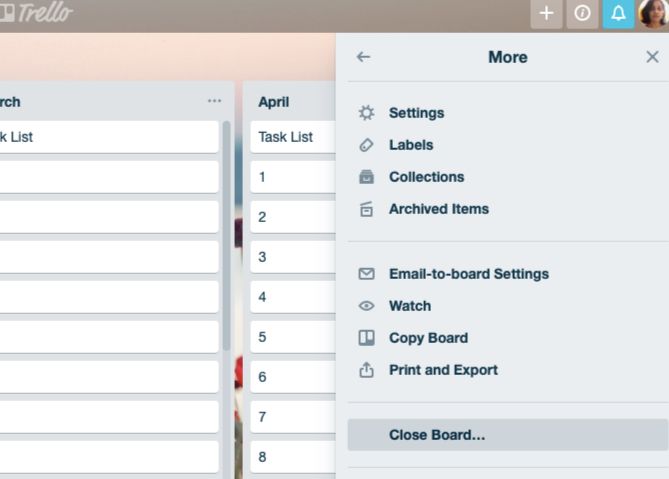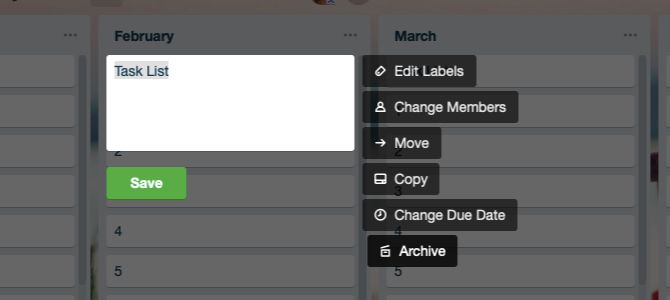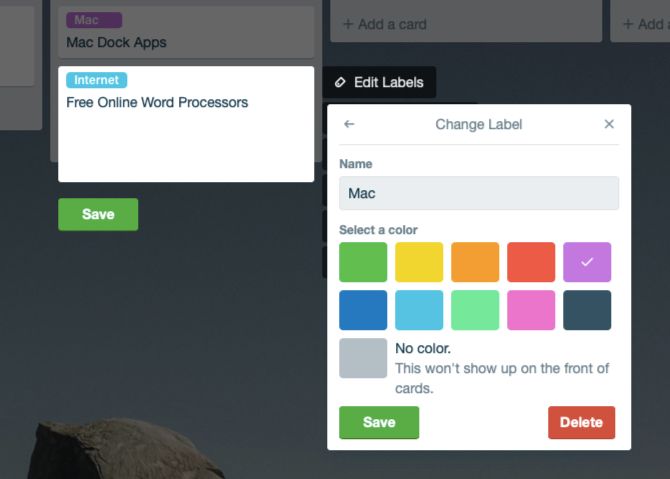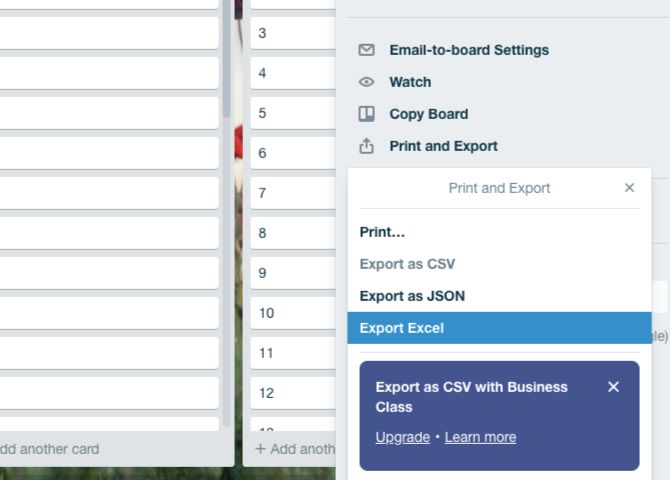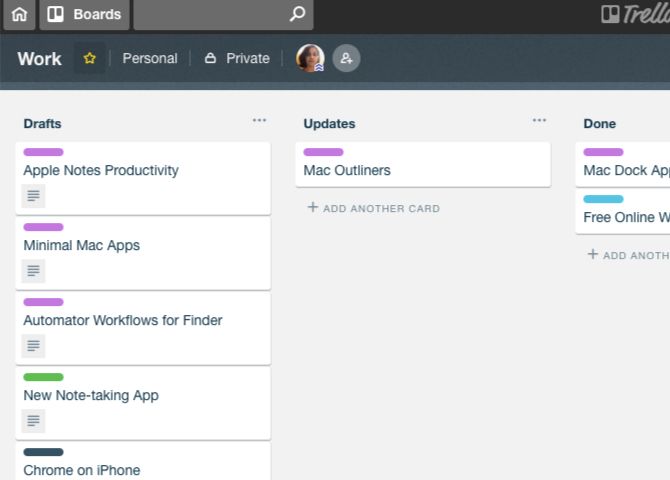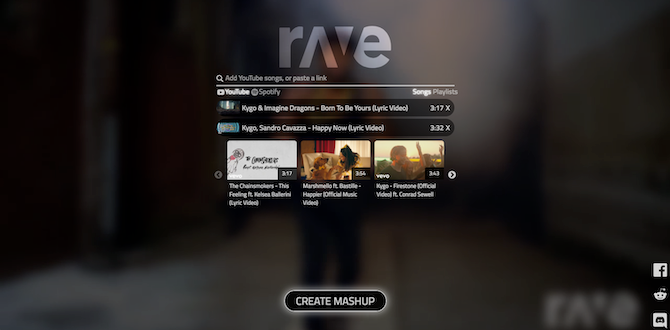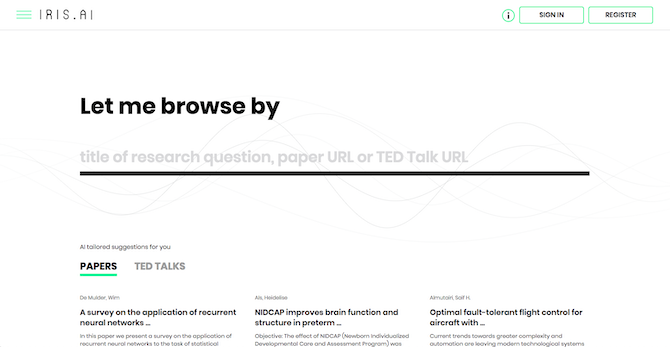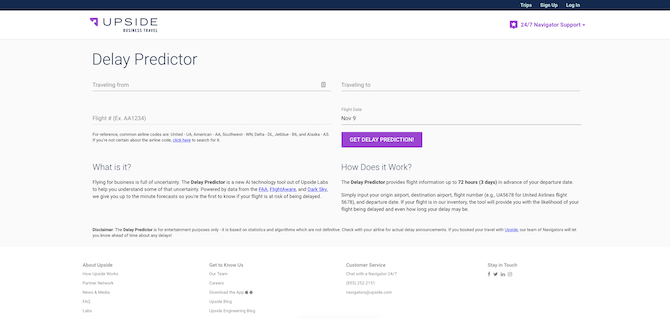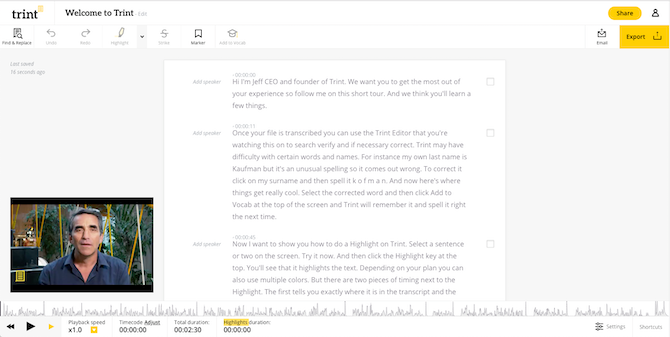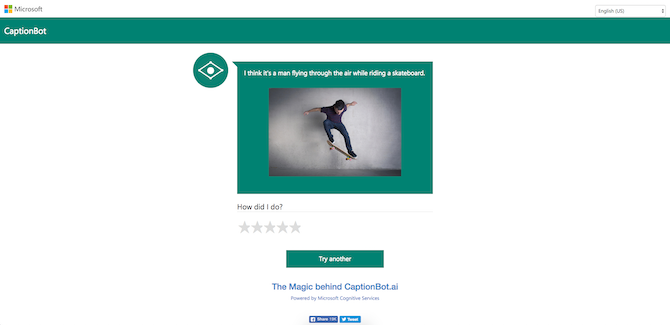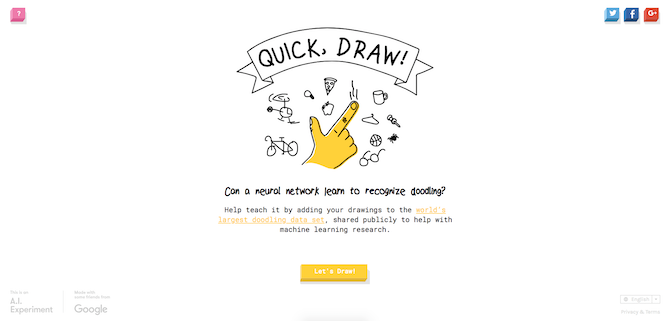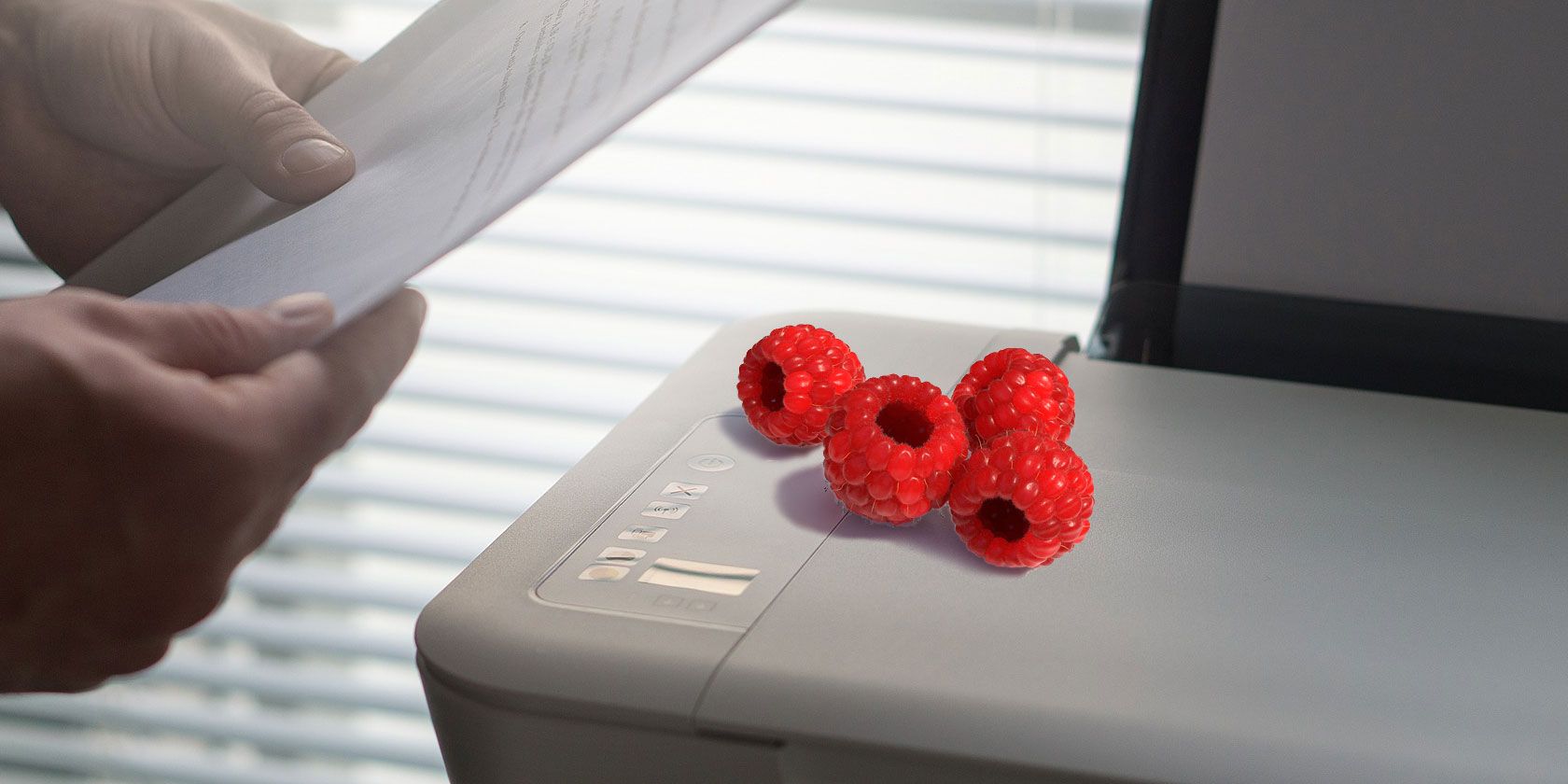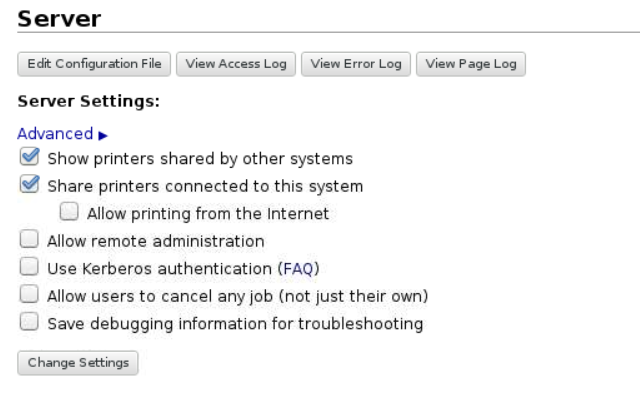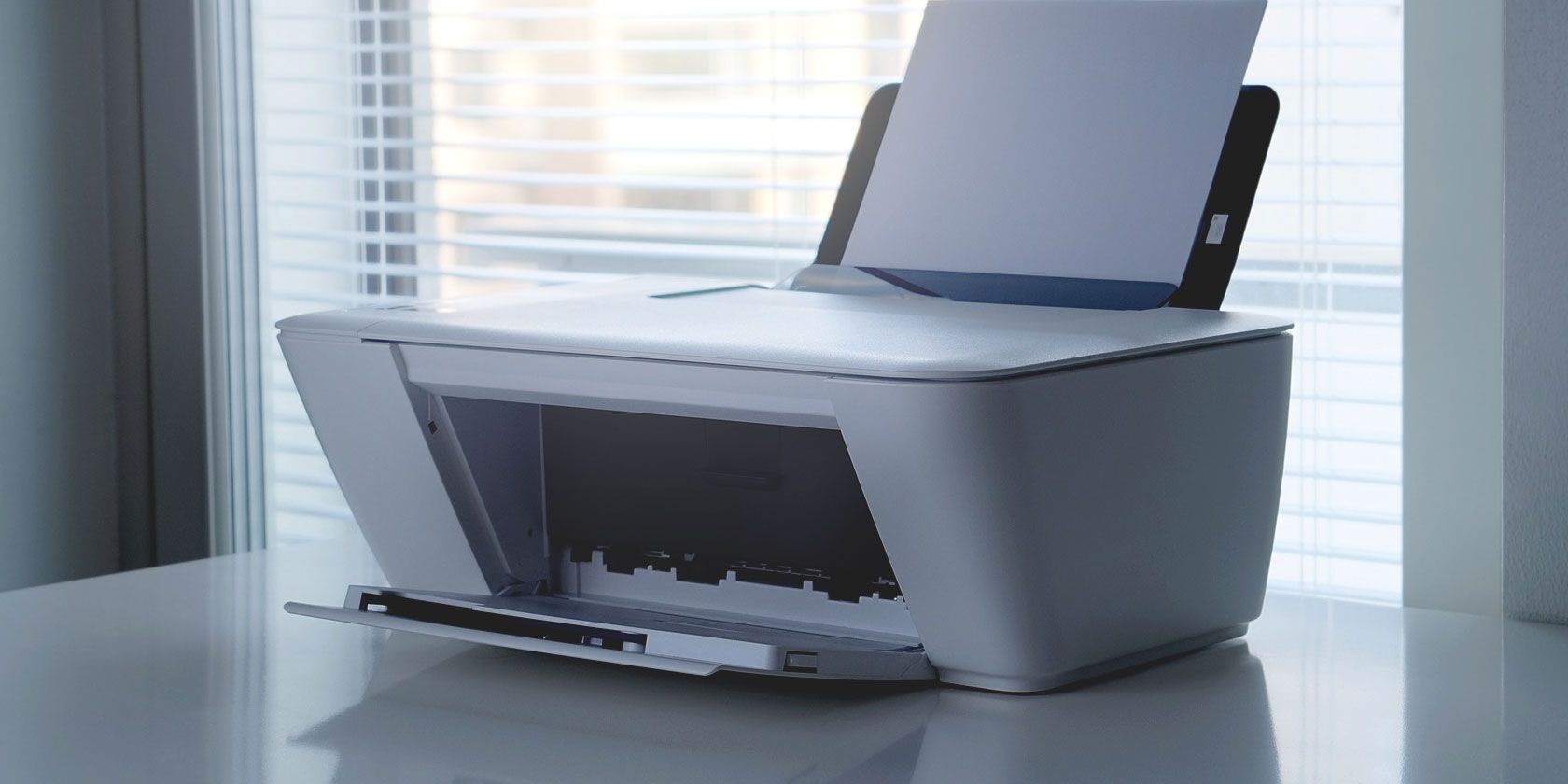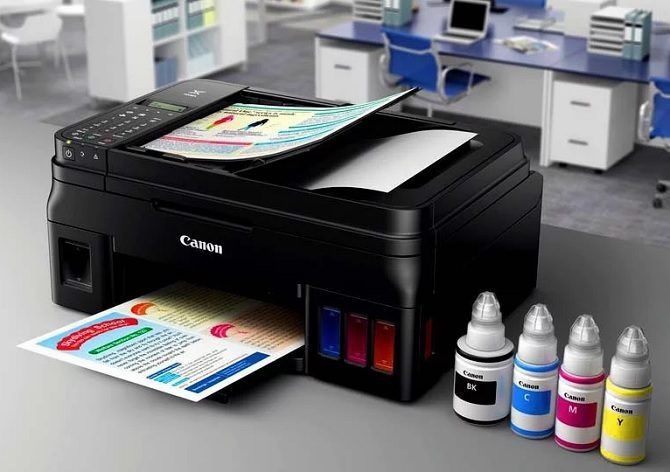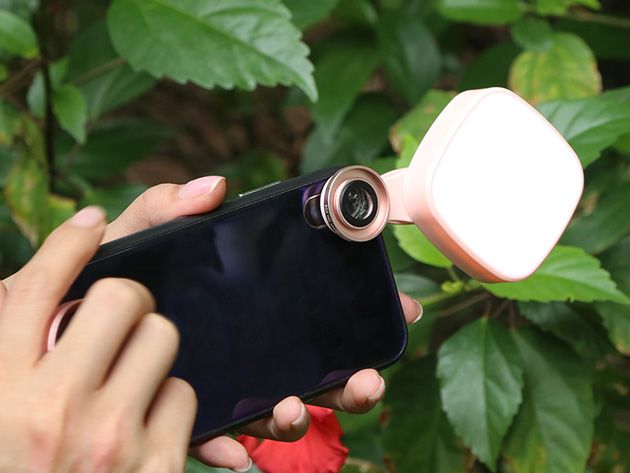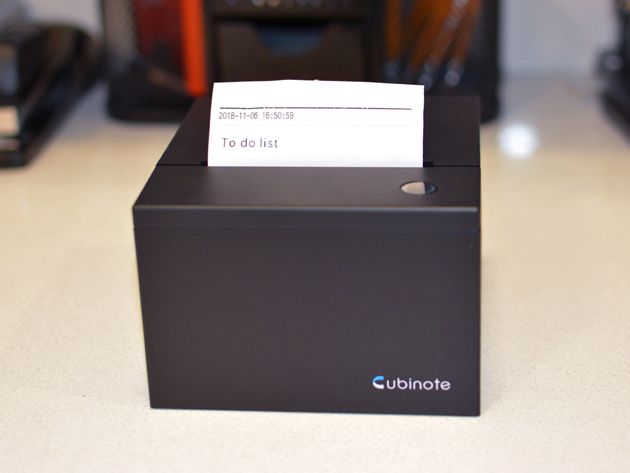Give the gift of organization this year. Bags are often ignored but are a critical part of anyone’s mobile gear. They’re the outward representations of our techie styles, and we put far too little thought into where we keep our most prized possessions. Here’s a collection of bags TechCrunch reviewed over the last year. You’ll find waxed canvas bags, camera backpacks, trail-ready commuter bags and bags designed with women in mind.
WP Standard built the leather messenger bag you want

At $295 the bag is priced accordingly for the fantastic material and build. It’s a great bag to carry a few things and it will always be noticed. I have yet to see a bag as beautiful as the Vintage Leather Messenger Bag. If more space is needed, WP Standard now has a larger option that looks equally as good in the $310 Large Messenger Bag though I haven’t seen the bag in person yet.
Read the full review here.
Pad & Quill Heritage Satchel is a modern leather classic

This is a solid bag that I completely recommend. It’s a great size, able to hold most everything I threw at it while not being too big to carry even when lightly packed. After a few months with the bag, it’s aged nicely and is starting to feel like a well-worn pair of denim jeans. The leather is still delicious and seems durable enough to withstand a person’s daily grind.
Read the full review here.
The Bitcoin Genesis Block backpack will centralize your belongings

Unlike the blockchain, this backpack will centralize your stuff in a fairly large, fairly standard backpack. There is little unique about the backpack itself – it’s a solid piece made of 100% polyester and includes ergonomically designed straps and a secret pocket – but it is printed with the Bitcoin Genesis Block including a headline about UK bank bailouts. In short, it’s Merkle tree-riffic.
Read the full review here.
Chrome’s Vega Transit Brief makes your work vibe less uncool

The Vega isn’t Chrome’s most inspired design ever, but it isn’t supposed to be. If you want to show up to a meeting looking pro but still cool, like yeah you looked over the slides from the call but you drink shitty beer after work because you’re legit not because you can’t afford some triple-hopped bullshit, the Vega is probably for you. For anyone looking for a well-made bag that’s not too loud to carry to and from work meetings that happens to turn into a damn backpack, Chrome’s Vega Transit Brief is a great fit.
Read the full review here.
Chrome’s BLCKCHRM Bravo 2.0 backpack is a burly, stylish beast

It’s hard to overstate how good-looking this bag is. Like quality leather, the Hypalon breaks in with wear, picking up surface marks that fade into a kind of weathered patina over time. Between that material, the all-black mini Chrome buckle chest strap and central black leather panel, it’s a very sleek, sexy looking bag. Still, for anyone who digs the Bravo 2.0’s vibe but is wary of its heavy construction, the regular edition Bravo 2.0 might be a better choice. But if you like your packs fancy, serious and black on black on black, well, you know what to do.
Read the full review here.
Filson 24-Hour Tin Briefcase

OLYMPUS DIGITAL CAMERA
This bag has a large main compartment with a padded laptop area that will hold a 15-incher easily, and a couple of pockets on the inside to isolate toothbrushes and pens and the like. On the outside is a pair of good-sized zippered pockets that open wide to allow access from either the top or side; inside those are organizer strips and sub-pockets for pens and so on.
Read the full review here.
Croots England Vintage Canvas Laptop

OLYMPUS DIGITAL CAMERA
There isn’t a heck of a lot of room in there but this is definitely meant to be a daily driver briefcase and not an overnight bag — a “personal item” on the plane perhaps but I would take the Filson or ONA over it for space reasons. However as a bag to take to work the cafe, or the bookstore it’s a great option and a striking one. The Flight Bag is a slightly more expansive and unique option.
Read the full review here.
S-Zone $30 waxed canvas bag

OLYMPUS DIGITAL CAMERA
To balance out the admittedly very expensive bags in this review I decided to grab a cheap one off Amazon as well. As I expected, it isn’t up to the quality level of the others, but for $30 it’s a bargain. If you want to experience how waxed canvas evolves and wears, an inexpensive bag like this is a great way to try it out.
Read the full review here.
WP Standard’s Rucksack goes the distance

This bag assumes that you’re OK with thick, heavy leather and that you’re willing to forgo a lot of the bells and whistles you get with more modern styles. That said, it has a great classic look and it’s very usable. I suspect this bag would last decades longer than anything you could buy at Office Depot and it would look good doing it. At $275 it’s a bit steep but you’re paying for years – if not decades – of regular use and abuse. It’s worth the investment.
Read the full review here.
The Nomadic NF-02 keeps everything in its right place

Nomadic is a solid backpack. It’s small, light, and still holds up to abuse. I’m a big fan of the entire Nomadic line and it’s great to see this piece available in the US. It’s well worth a look if you’re looking for a compact carrier for your laptop, accessories, and notebooks.
Read the full review here.
Chrome’s Yalta 2.0 is a roomy rolltop that keeps up

Compared to some of Chrome’s more heavy-duty bags and other less-technical packs, the Yalta is a likable middle ground. The pack isn’t as rain resistant as a bag made out of fully waterproof material and the laptop sleeve could use some structure, but it carries a fair amount and it’s got a nice slender profile that looks and feels good. The Yalta doesn’t really have any quirks or tricks beyond the strange side-zip compartment, and that makes it a good fit for anyone who needs a good-looking, weather resistant mid-sized rolltop backpack for work and what comes before and after.
Read the full review here.
Mission Workshop’s Radian rolltop starts simple but grows piece by piece

In the end I think the Radian is the best option for anyone looking at Mission Workshop bags who wants a modular option, but unless you plan on swapping out pieces a lot, I’m not personally convinced that it’s better than their all-in-one bags like the Rambler and Vandal. By all means take a look at putting a Radian system together, but don’t neglect to check if any of the pre-built ones fit your needs as well.
Read the full review here.
Why I still love the Peak Design Everyday Backpack

Like I said several months ago, the bag is best described as smart and solid. It’s a confident design with just enough pockets and storage options. The bag features one, large pocket that makes up most of the bag. Foldable dividers allow the wearer to customize the bag as needed. And quickly, too. These dividers fold in several ways, allowing the bag to hold, say, a large telephoto lens or several smaller lens.
Read the full review here.
P.MAI’s women’s leather laptop bag is luxury packed with utility

By designing a bag for women that blends a luxury aesthetic with comfortable utility, the P.MAI bag quickly rose to the the “Most Wished for” laptop backpack on Amazon last holiday season. Premium materials and quality design don’t come cheap. Still, the $450 price-tag may keep this one on the wish-list for now.
Read the full review here.
Timbuk2’s Launch featherweight daypack is tough and tiny

If you’re a longtime Timbuk2 fan know that the pack both looks and feels different from most of Timbuk2’s classic designs, and unfortunately doesn’t come in the bright, playful tri-color look that some of its classic messengers do. Still, if you’re into more natural, subdued tones and really don’t want your day-to-day pack to weigh you down unnecessarily, Timbuk2’s Launch is totally worth a look.
Read the full review here.
Osprey Momentum 32 is ready for muddy trails

The Osprey Momentum 32 impresses. I used it during a muddy week at Beaumont Scout Reservation and it performed flawlessly as a rugged, bike-ready backpack. It stood tall in the miserable rain and insufferable heat that engulfed northern Ohio during the camping trip. If it can withstand these conditions, it can withstand an urban commute.
Read the full review here.
Read Full Article
















